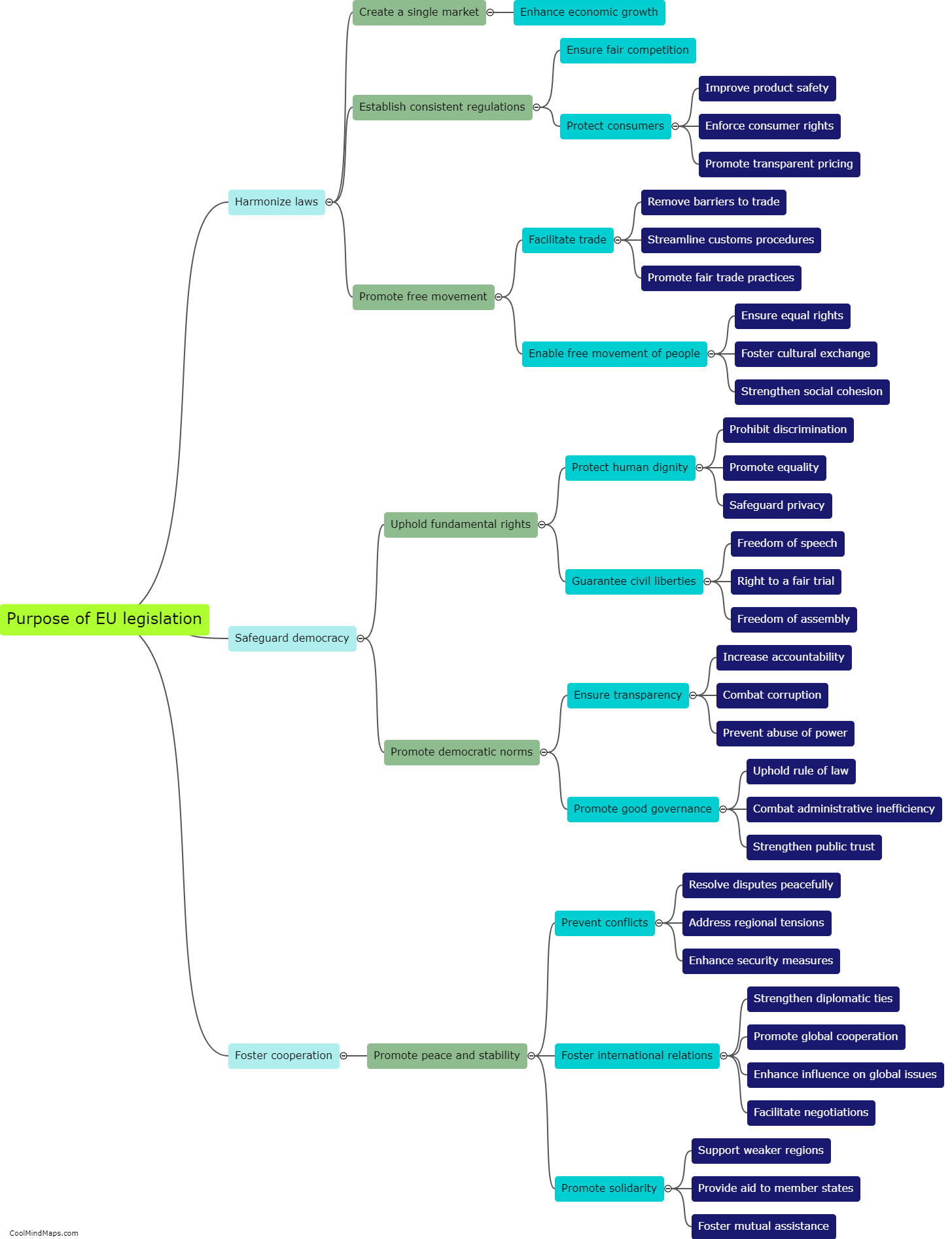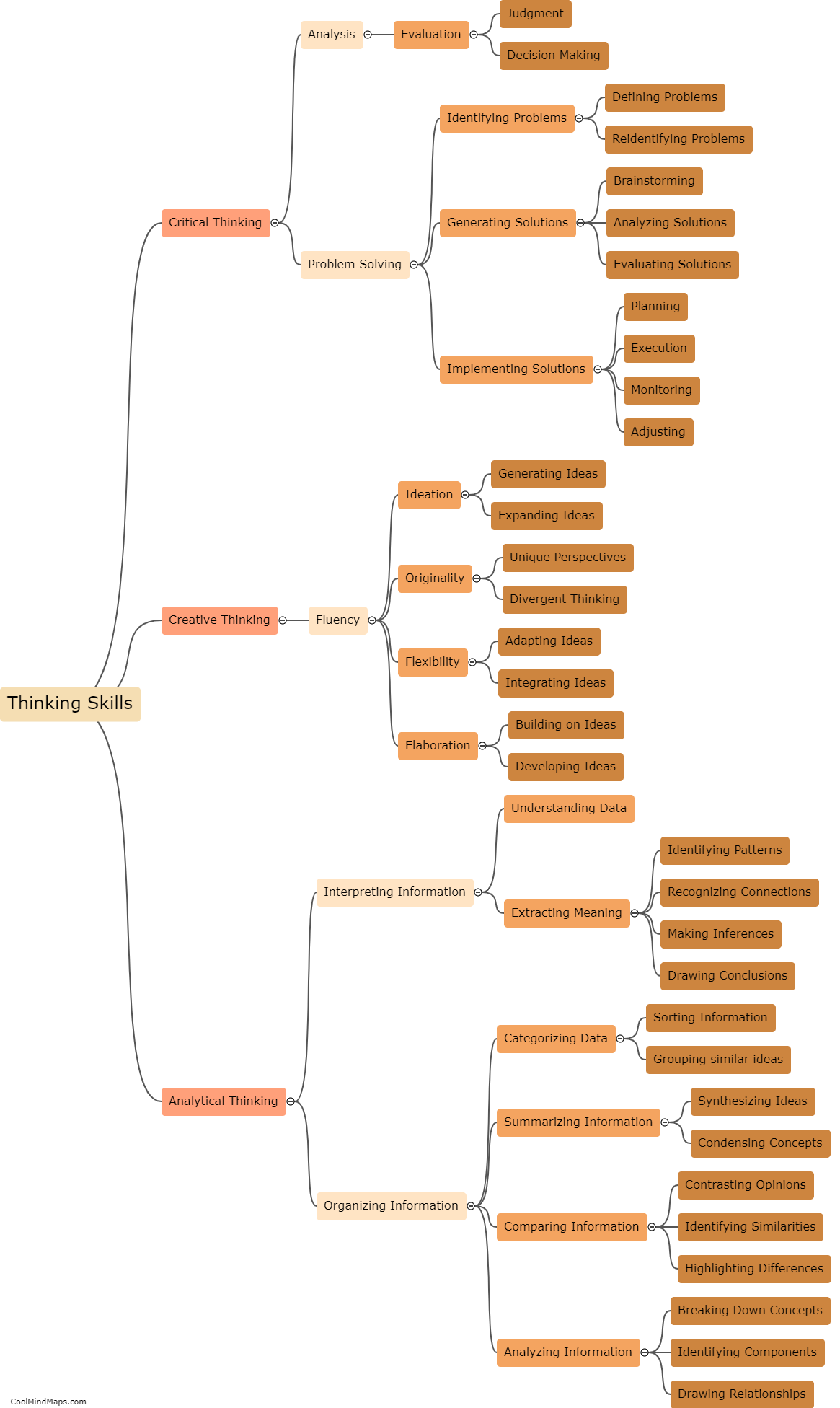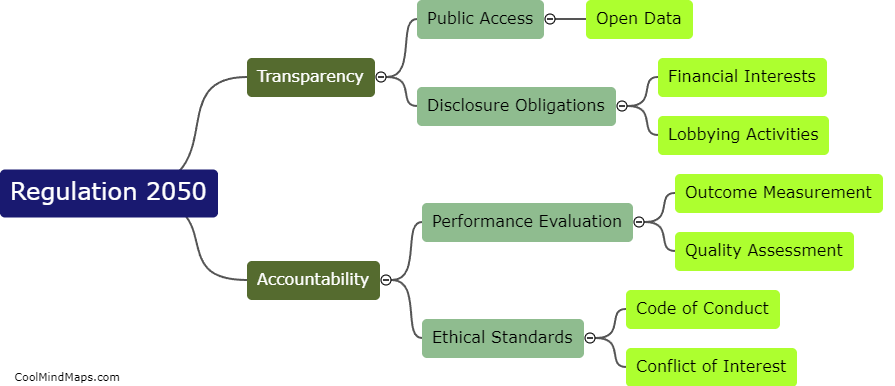What are the major challenges in implementing regulation 2050?
Implementing regulation 2050 poses numerous challenges that must be confronted to ensure its successful execution. One major challenge is the coordination and cooperation required among various stakeholders, including governments, industries, and communities. This regulation necessitates extensive collaboration and consensus-building across different sectors to ensure everyone is aligned towards achieving sustainable goals. Additionally, financial and technical constraints pose another significant challenge. The transition to more sustainable practices often requires significant investments in infrastructure, technology, and research, which may strain the resources of governments and industries. Moreover, resistance from vested interests and the inertia of existing systems and practices can impede progress. Addressing these challenges will require innovative solutions, effective communication, and strong political will to overcome obstacles and achieve the goals set forth by regulation 2050.

This mind map was published on 27 November 2023 and has been viewed 80 times.











